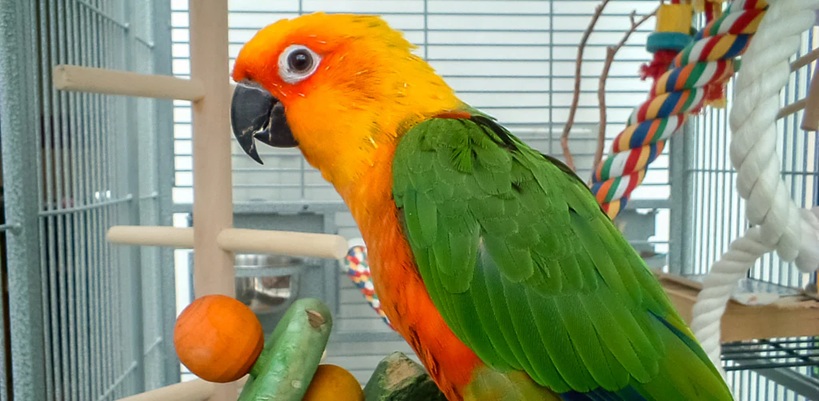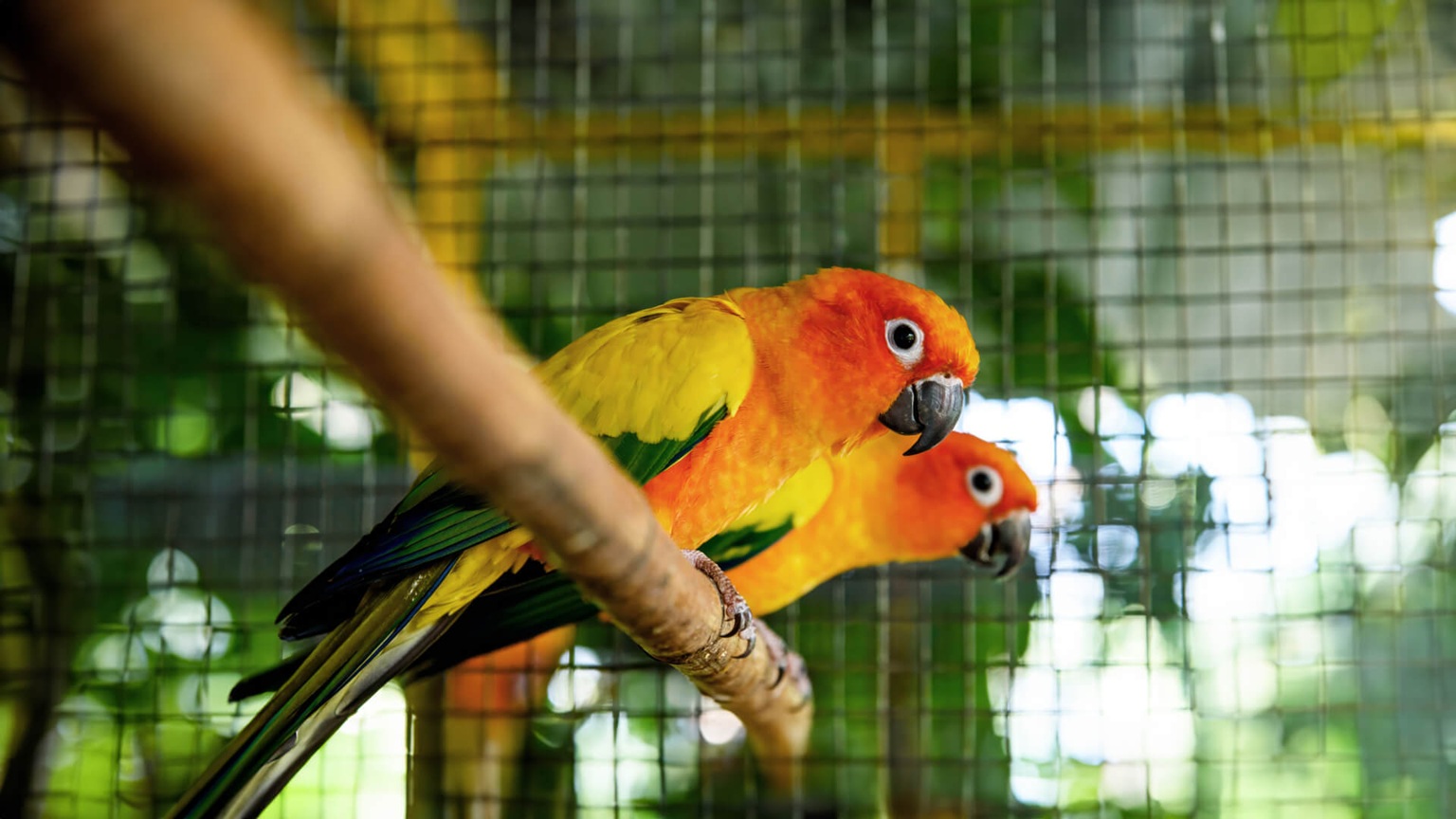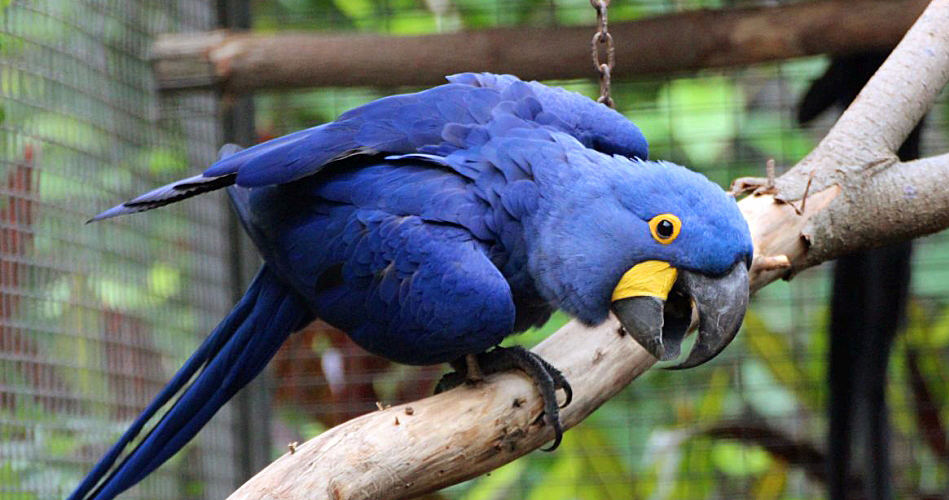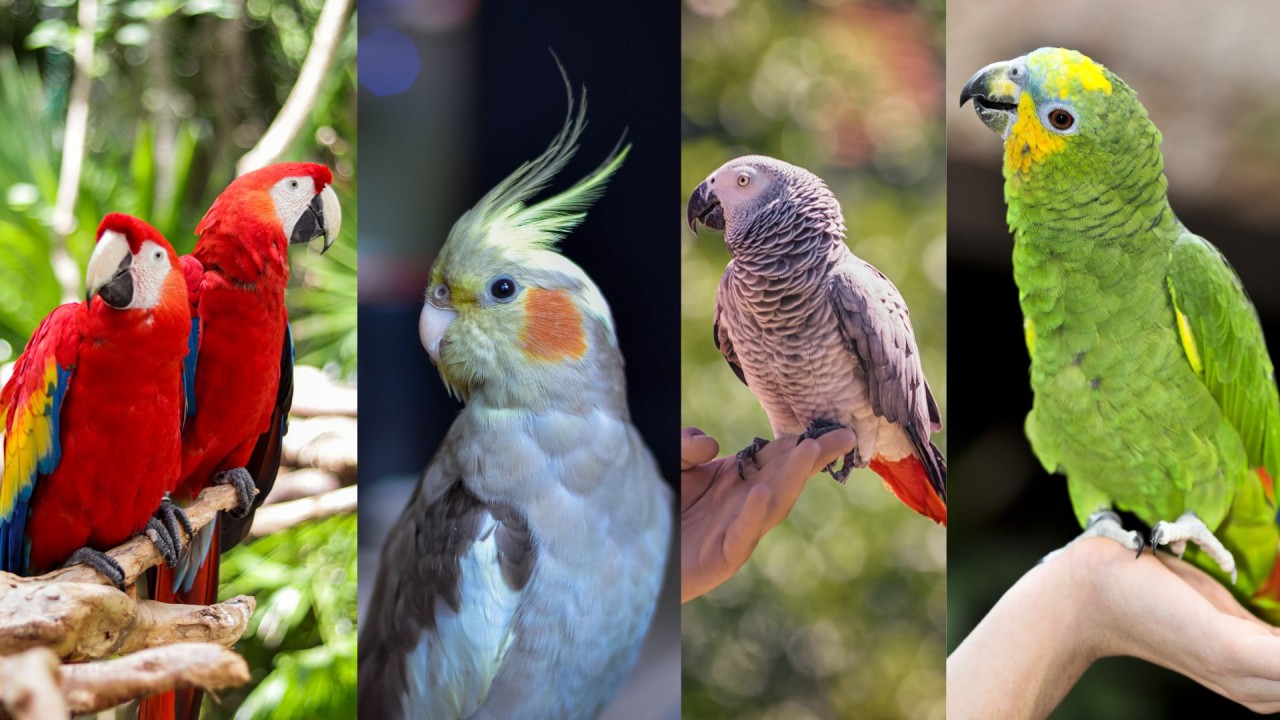
Selecting the right material for your feathery friends’ cage floor is essential in keeping their surroundings hygienic and safe. Cage liners and bird litter are two popular choices, each with unique benefits and drawbacks. While cage liners offer a smooth, clean surface, bird litter can aid in absorbing waste and smells. Making an educated decision that promotes the health and well-being of your bird requires knowing the advantages and disadvantages of each option. You may provide your birds a secure, cozy environment in which to flourish by choosing the appropriate material. Their quality of life is improved by proper care.
Introduction to Bird Litter
In bigger aviaries or poultry situations where birds are grown on the ground, bird litter is frequently employed. Litter materials like sand, straw, or wood shavings are used in these settings for a variety of reasons. The primary purpose of bird litter is to absorb waste efficiently, which keeps the cage hygienic and tidy. While straw is quite absorbent but it requires frequent replacements, wood shavings are preferred because of their absorbency and ability to reduce odors. Because of its superior drainage qualities, which assist in avoiding moisture accumulation, sand is frequently utilized in outdoor or well-ventilated environments. However, when it comes to individual bird cages, these materials are not ideal for several reasons:
- Health Risks: If wood shavings and other particle matter get into the air and are breathed by the bird, it can lead to respiratory problems. These substances can also cause gastrointestinal blockages if consumed.
- Maintenance Challenges: Using particulate litter makes it hard to keep an eye on your bird’s health through its droppings since the bedding hides the color, consistency, and moisture of the excrement.
- Moisture Issues: Bacteria and fungi found in wet litter can cause significant respiratory health issues for birds.
Introduction to Cage Liners
Cage liners, made especially for individual bird cages, are a helpful way to keep things hygienic and tidy. Usually made of throwaway materials like paper towels or newspapers, these liners are affordable and simple to handle. Because they are disposable, replacing them is simple every day, keeping the cage clear of trash and detritus. Bird owners may effectively keep their birds’ spaces clean and pleasant by utilizing cage liners, which enhances general well-being and lowers the risk of health problems linked to unsanitary environments. And even this approach has its own shortcomings:
- Ingestion of Toxic Materials: Sand, corncob bedding, and wood shavings are just a few of the cage liners that might be poisonous if consumed. Birds may get respiratory problems or gastrointestinal blockages as a result of these components.
- Respiratory Irritation: Certain bedding materials’ dust, such as fragrant wood shavings, might irritate the respiratory system. If left untreated, this might result in significant health issues.
- Health Monitoring Challenges: It is challenging to properly monitor a bird’s droppings when the bedding is made of particulate matter. Because variations in droppings might reveal underlying problems, this is essential for evaluating health.
Comparison of Bird Litter and Cage Liners
| Feature | Litters | Liners |
| Material | Wood shavings, straw, sand | Newspaper, paper towels |
| Health Risks | Respiratory issues, gastrointestinal obstructions | Non-toxic, safe for birds |
| Maintenance | Difficult to monitor bird health, requires frequent changing | Easy to clean, allows for health monitoring |
| Cost | Can be expensive to replace frequently | Economical, disposable |
| Suitability | More suitable for large aviaries or poultry settings | Ideal for individual bird cages |
Choosing the Best Option for Your Bird
Consider the following factors when selecting the best bird cage liners or bird litter:
1. Health and Safety:
- Toxicity: Steer clear of poisonous items; for instance, sand, clay, and cat litter are not advised because of the dust and potential for ingestion, which might result in respiratory problems.
- Digestibility: To avoid gastrointestinal obstructions, make sure the substance is indigestible because, if consumed, wood shavings, corncob bedding, and torn paper may cause issues.
2. Ease of Cleaning:
- Daily Maintenance: Paper liners, such as newspaper or paper towels, compared to litters, are easy to clean and replace frequently (even if you got some bird cage accessories), which helps to cut down on waste and the growth of germs.
- Moisture Absorption: Moisture-absorbing materials can help keep the cage dry, but it might cause respiratory problems and the growth of fungi if the material is too wet.
3. Cost and Availability:
- Economic Viability: Paper liners like newspapers or napkins are very feasible and abundantly available.
- Alternative Materials: If compressed paper pellets are affordable and accessible in your location, take them into consideration.
4. Monitoring Health:
- Flat Surface: Bird droppings can be easily monitored on a flat surface, like paper.
5. Environmental Impact:
- Biodegradability: Choose ecologically friendly and biodegradable materials, including paper goods.
6. Bird Behavior:
- Mess Minimization: Use a more confined choice, such as pelleted bedding, if your birds tend to play with or disperse bedding.
Conclusion
Summing up, cage liners are often a better choice for individual bird cages when it comes to promoting the health of your feathery companion. They offer a clean, safe atmosphere that makes health monitoring efficient. Bird litter presents hazards in tiny, enclosed areas, but it could be appropriate in bigger settings, such as chicken barns. You can guarantee a happier and healthier companion for your bird by selecting the appropriate material for its cage. Maintaining a clean environment also requires routine cleaning and observation.
FAQs
What are the safest materials for cage liners?
The safest materials for cage liners are disposable papers such as newspaper, paper towels, or paper bags. These materials are non-toxic, easy to clean, and allow for effective monitoring of a bird’s droppings.
Can I use wood shavings or sand in my bird’s cage?
No, you should not use wood shavings or sand in your bird’s cage. Wood shavings, especially those from aromatic woods like cedar, can be toxic and cause respiratory issues. Sand can lead to gastrointestinal obstructions if ingested.
How often should I clean my bird’s cage?
The cage should be thoroughly cleaned at least once a week with a non-toxic disinfectant. Daily cleaning of food and water dishes is also recommended to maintain hygiene.
What are some alternative bedding materials for poultry?
For poultry, safe bedding materials include straw, hay, or pine shavings (though pine should be used cautiously and changed frequently). However, these materials are not recommended for birds in cages due to potential health risks if ingested. For cage birds, paper remains the best option.
Why is it important to monitor my bird’s droppings?
Monitoring a bird’s droppings is crucial for assessing its health. Changes in color, consistency, or wetness can indicate health issues, making it essential to use a flat, even surface like paper to observe these changes effectively.




